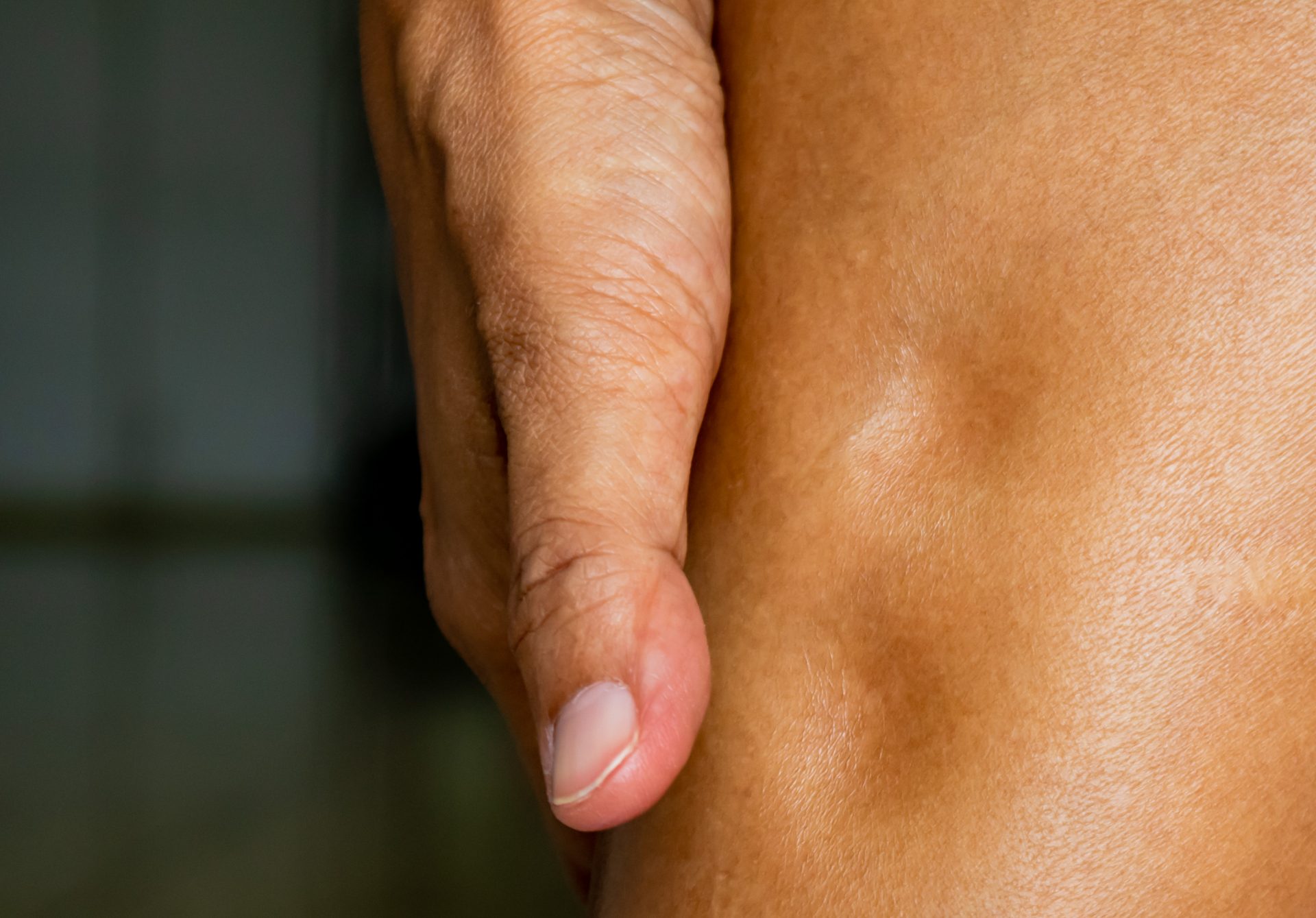What is Lymphoedema?
Lymphoedema is a swelling of a part of the body which occurs due to a dysfunction of the lymphatic system. As a result of this dysfunction an abnormal amount of protein-rich fluid accumulates in the interstitial tissues. This accumulation triggers an inflammatory response in the tissues creating a continuous cycle of progressive lymphoedema from an acute towards a chronic stage. The lymphatic vessels, lymph nodes or both may be involved.
A primary lymphedema results from a developmental disorder of the lymphatic system and may present at birth or in early stages of life, during puberty or during adulthood. Genetic research is offering some answers to the appearance of primary lymphedemas. Secondary lymphedema develops after damage or injury to parts of the lymphatic system. Common examples are lymph node removal or radiation as part of cancer treatment which can result into an adjacent limb swelling, venous insufficiency with late stage lymphatic vessel overload causing damage and peripheral swelling, or infectious diseases such as parasitic Filariasis causing major swellings all over the body, breast and/or genital area.
A clinical diagnosis may be made after eliminating other causes of the swelling or by imaging such as lymph scintigraphy, CATs, MRI and lymph fluoroscopy.
Once a diagnosis is made a referral will follow for treatment by a specialized oedema-therapist who is certified in a complete training in the Casley-Smith Modern Treatment of Lymphoedema also known as DLT or CLT (Decongestive Lymphatic Therapy or Complex Lymphatic Therapy). All Casley-Smith Teaching facilities worldwide might have adjusted their curriculum per country but all acknowledge the set minimum of 130-140 hours post graduate course. There are differences between countries regarding recognized treating professionals.
The Casley-Smith courses are standardised and meet or exceed the high levels demanded by the international community of lymphology associations.

